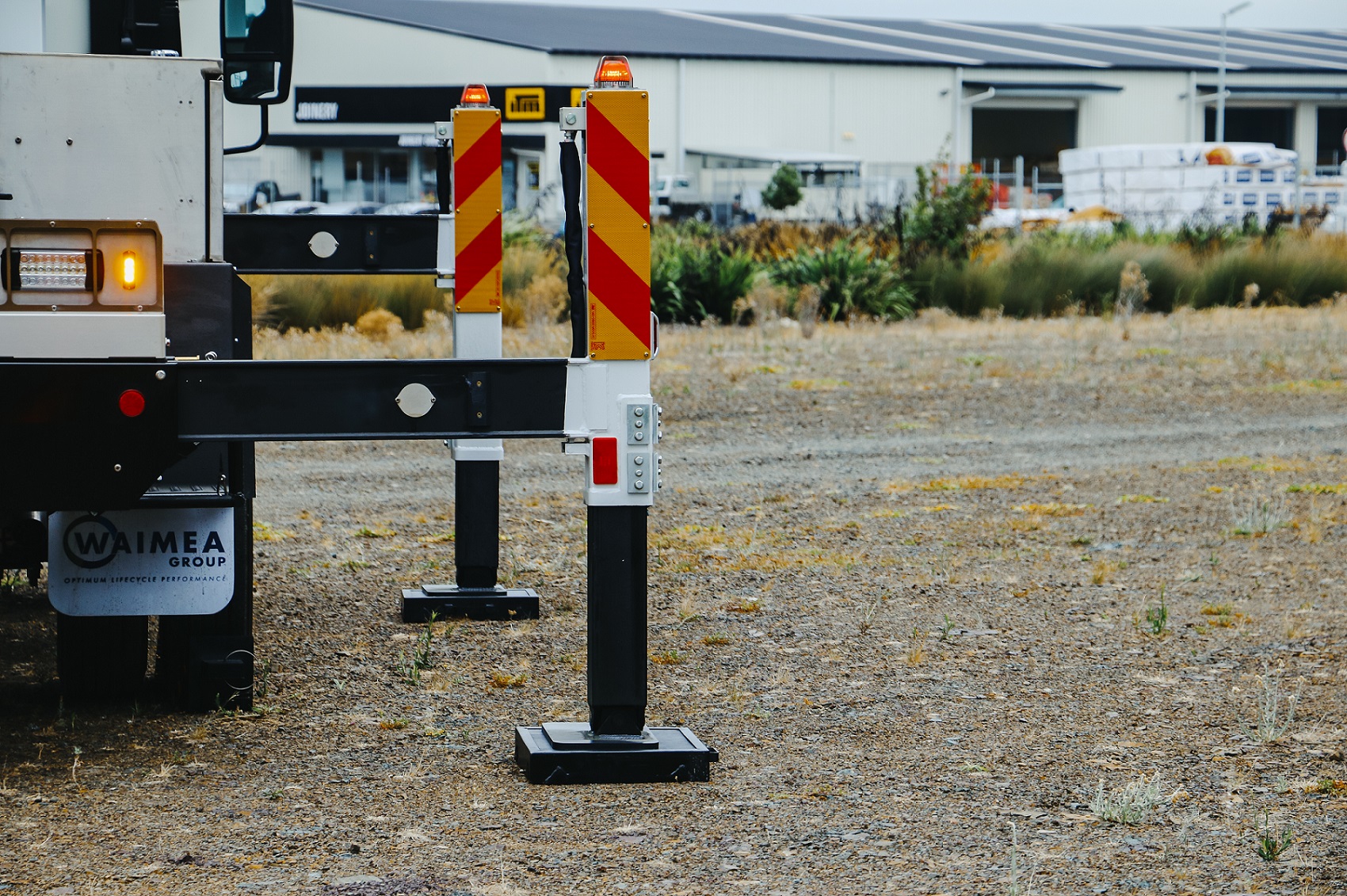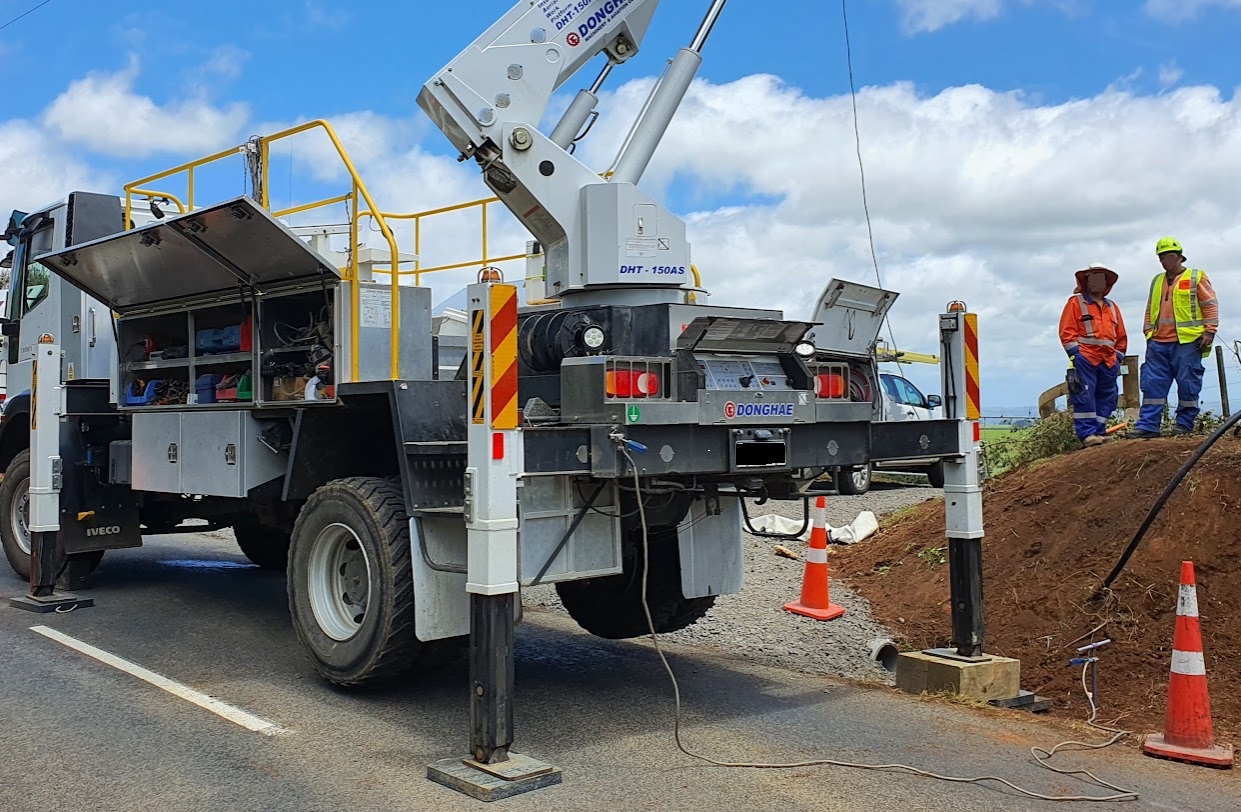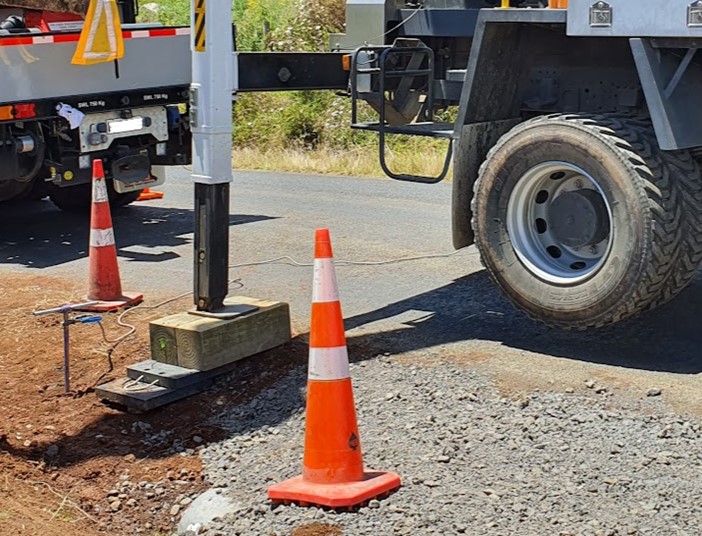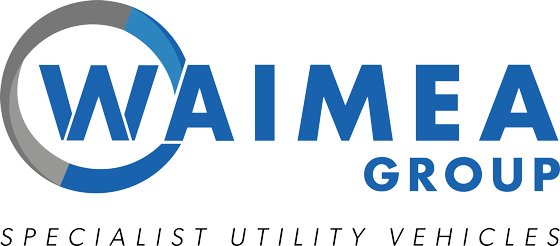What is the safe and approved method for setting up an EWP on sloping or uneven ground?

Going by the questions we are often asked about the bucket trucks we hire and sell, there is a lack of understanding about what the safest way is to operate, especially when setting up on a slope or uneven ground. Operating a truck mounted EWP (or bucket truck as they are commonly known), is a complex and potentially dangerous exercise. Unsafe practices are common and whilst serious accidents are fortunately uncommon in the power and energy industry, any preventable situation where a person could get injured or even killed, is not acceptable. The Minister of Labour has been working towards reducing workplace deaths and serious injuries by at least 25 percent through the Approved Code of Practice, focused on improving safety practices and reducing workplace accidents in the industry (Worksafe, 2017).
Our objective is to provide ‘real world’ advice on the safe and efficient method to set up and operate a truck mounted EWP on sloping or uneven ground. It’s also important that we highlight the clear difference between the stabilisers on a crane truck versus the outriggers on a bucket truck – a commonly misconstrued connection being made between them when they are fundamentally different.
Identified Unsafe Practices:
- Operating an EWP with the truck angle at more than 5 degrees from level
- Operating an EWP with a load in the bucket that is greater than the rated SWL (Safe Working Load)
- Not using the correct size wheel chocks, or not using them at all.
- Using unsafe packing material or ‘dunnage’ under the outrigger for extra correction.
This example shows a typical, steep roadside application with a combination of both fully and partly extended outriggers plus the use of extra dunnage for correction. We have used this example as its technically correct, however there are some aspects that could be done better to mitigate risk and be more certain that the operators will go home safe at the end of the day.

How could the risk of injury have been mitigated in this scenario?
- Wheel chocks could have been used under the left rear wheels to help prevent the truck from moving and the outriggers from slipping off the pads.
- It is always recommended to point the truck facing downhill and lift the front off the ground for correction, so the rear braking axel stays in contact with the ground with wheel chocks used to help secure it from moving.
- The right rear outrigger has extra dunnage under the foot, which is not level so the steel foot which is in contact with the wooden packing could be at risk of slipping off the side – or the wooden packers could slip on the nylon outrigger pads underneath. If either of these things happened while the bucket was working next to the pole, the operators could be either thrown out or crushed against the pole.

Key Takeaway Points:
- Operators must have a thorough understanding of what each piece of equipment is capable of to ensure they work within the manufacturer’s recommendations.
- Machine specific operator training and SOP’s should be provided with each vehicle in the fleet.
- Senior management needs to show a supportive and pragmatic approach to the reality of daily operations in the field by providing the right equipment for operators to complete projects safely and efficiently.
- Truck mounted knuckle boom cranes like the Palfinger or Hiab brands, have hydraulic stabilisers that are designed to make contact with the ground and stabilise the truck. These either extend straight down from a fixed position, or are on the end of an extendable beam which provides added stability. Typically, these are a hydraulic cylinder that has enough power to lift the truck however they do not have the strength to withstand sideways load. This means the trucks wheels must be in contact with the ground to help prevent any sideways load on the stabilisers.
The key difference with an EWP, is the outriggers are designed to lift the entire truck off the ground, because the trucks weight is required to act as a counter weight for the boom.
We will cover the practical set up of a truck loader crane on a slope, in a separate article and supporting video.
Waimea have been building specialised equipment for the Power and Energy Delivery industry for many years and offers machine specific operator training with every item of equipment sold.

